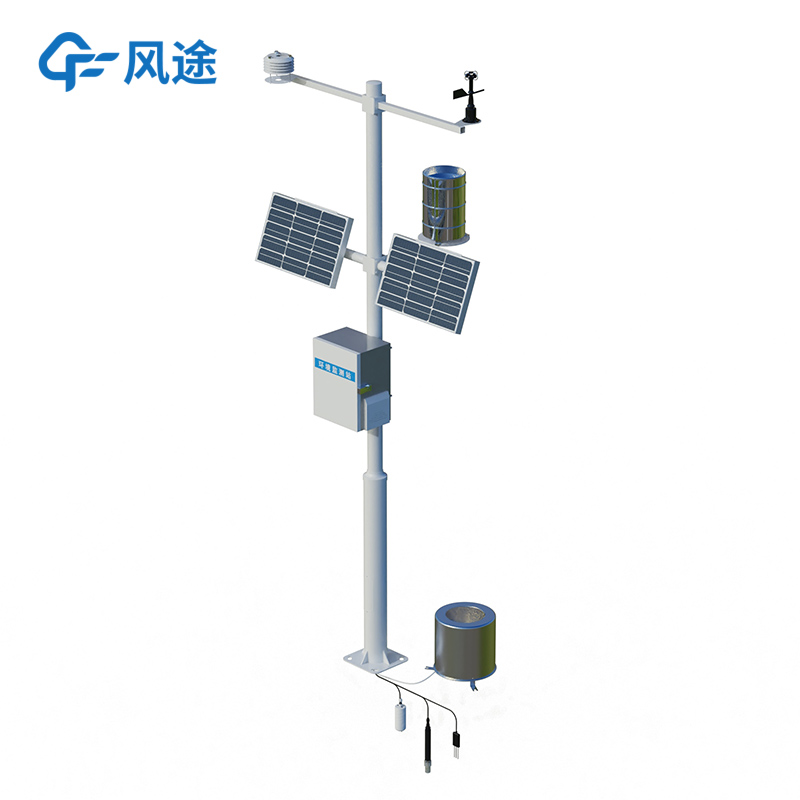The successful construction of Agricultural Meteorological Stations has brought a "smart brain" to tea gardens, enhancing the scientificity and efficiency of tea cultivation.
Agricultural Meteorological Stations are fixed ground-based automatic observation devices capable of collecting various meteorological element data in real-time and accurately. They can conduct real-time observations of 6 types of meteorological elements: ambient temperature, air pressure, humidity, wind direction, wind speed, and rainfall. Among them, the air temperature sensor precisely measures the air temperature in the tea garden, providing a basis for judging the growth stage of tea plants and preventing possible low-temperature freezing damage and high-temperature heat damage; the humidity sensor monitors air humidity and soil humidity, which is of great significance for tea farmers to regulate the tea garden environment, because appropriate humidity is conducive to the growth of tea plants, while excessively high or low humidity may cause diseases and pests or affect tea quality; the wind direction and speed meter monitors wind direction and speed, helping tea farmers plan the layout of the tea garden, avoid damage to tea plants by strong winds, and analyze the spread direction of diseases and pests; the rainfall sensor accurately records rainfall, ensuring the management of irrigation and drainage in the tea garden; air pressure data also provides an important reference for analyzing the microclimate of the garden. These reliable and detailed meteorological data play a role in monitoring and early warning for garden weather forecasting and disaster prevention.
After being collected by the observation station, these meteorological data are quickly and stably transmitted to the data processing center through wireless transmission technology. Professional meteorological analysis software will then sort out, analyze, and interpret these data. The software can compare real-time data with historical data, and combined with the tea growth model, predict the meteorological change trend in the next period of time and the possible impact of such changes on the growth of tea plants. For example, by analyzing continuous temperature and humidity data, it can predict the risk of pest and disease outbreaks; based on precipitation and temperature trends, it can advance the estimation of tea picking time and yield.
Agricultural Meteorological Stations effectively assist in disaster early warning. They send out early warning information in a timely manner before the arrival of meteorological disasters such as frost, heavy rain, and strong winds. Tea farmers can take protective measures in advance accordingly, further effectively preventing meteorological disasters and reducing the damage to tea production caused by disasters.
Of course, tea farmers can also carry out agricultural operations such as fertilization, irrigation, and picking at appropriate times based on meteorological data. For example, tea leaves picked when the light is sufficient and the temperature is suitable have a more reasonable content of nutrients such as tea polyphenols and amino acids, and the quality of the made tea is better. The observation station can monitor the meteorological elements of the garden in real-time and monitor the growth status of tea leaves, provide personalized planting suggestions for the specific meteorological conditions of tea gardens in different regions, realize refined management, and improve agricultural production efficiency.

Article address:https://www.sqqx.net/en/news/698.html

 +86 15898932201
+86 15898932201



